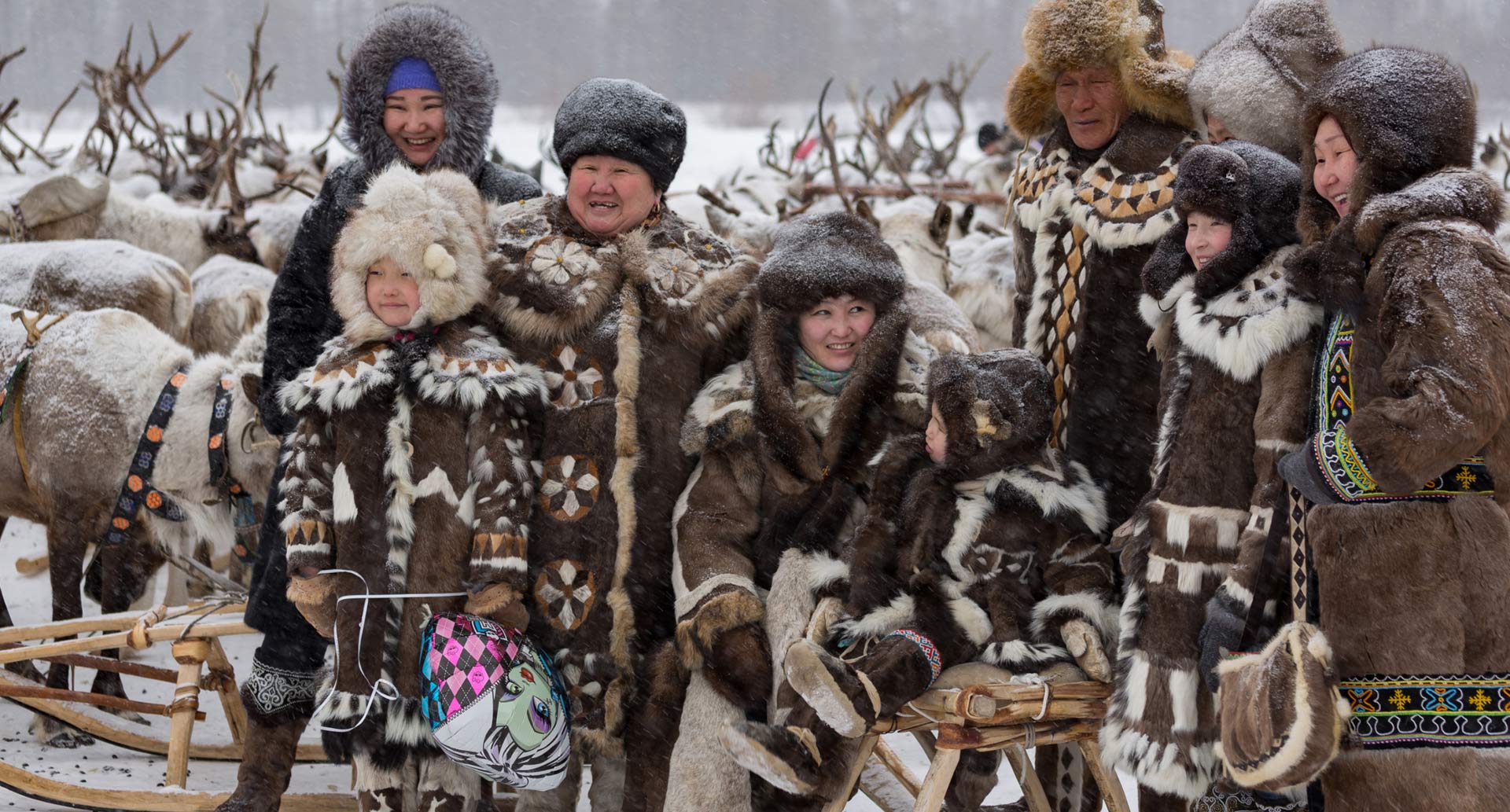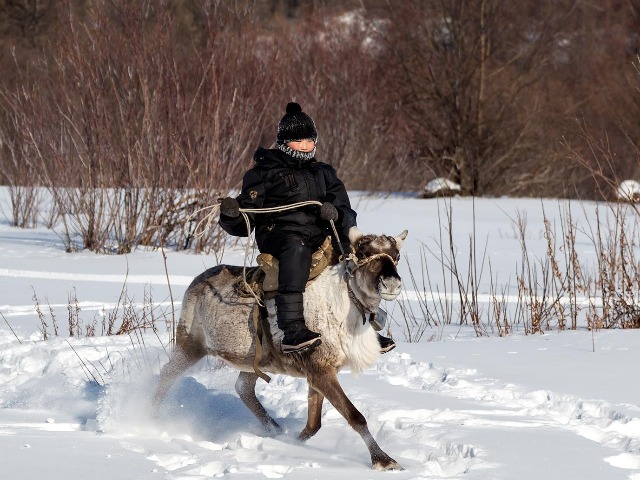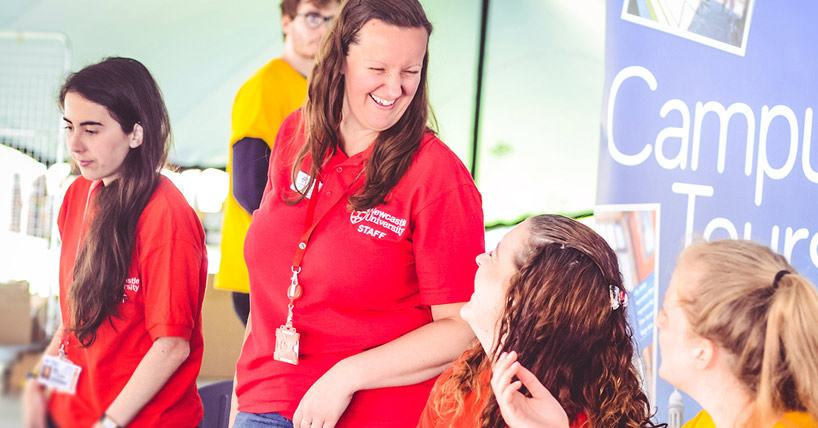Protecting Russia’s nomadic people
Dr Natalia Yakovleva’s research is taking her to northern Siberia, where indigenous people are under pressure from mining.
Mining, indigenous communities and metals may seem like unrelated topics. Yet they all come together in the research of Newcastle University academic Dr Natalia Yakovleva.
Natalia is a Senior Lecturer in International Business Strategy. Her current research project, ‘Russian Extractive Industry and Global Resource Governance’, takes her far away from the UK – to her home region of Yakutia in north-east Siberia.
Here, most economic activity is linked to mining – an expanding industry that’s moving into new areas as demand for metals used in green technologies increases.
It’s also home to indigenous communities living a traditional nomadic lifestyle of reindeer-herding, plant-gathering and hunting.
The often-conflicting needs of mining and indigenous groups are the focus of Natalia’s research.

“Russia is one of the largest mineral producers in the world,” she says. “A lot of the mines are in the North Siberian Far East – an area that is home to indigenous people. They are small in number, but their economic activities take large tracts of land.
"In certain areas, mining settlements and transportation infrastructure are built, such as mines, pipelines, electric lines, and railways. All of this cumulatively displaces indigenous people.”
Pipelines and railways can cut across the migration paths of reindeer herds, while noise from industrial activity can disrupt the animals hunted by indigenous groups.
Natalia has been monitoring this situation, analysing how the Russian government and mining companies try to offset these negative consequences.
A better deal
Mining companies across Russia already carry out environmental impact assessments in line with Russian federal law. But in 2010, the regional government of Yakutia introduced a new social impact assessment (ethnological expert review) specifically designed for indigenous people conducting culturally traditional activities.
“It has improved the procedure of compensation for indigenous people,” says Natalia. “In the past they would get a one-off payment for disturbance to the land. Now they are getting annual payments for the duration of the mining project.”
The Russian federal government is now considering ways to roll out similar legislation across the country, informed by the experiences of Yakutia. “At the moment, the region is a pioneer,” says Natalia.
Russia is one of the largest mineral producers in the world. A lot of the mines are in the North Siberian Far East – an area that is home to indigenous people.
She has been engaging with indigenous people, local and federal authorities, mining companies and NGOs as part of her research, drawing out ways that the compensation procedures could be improved as they’re extended nationwide.
Potential areas for improvement include extending land ownership rights and allowing indigenous groups to have a veto against new mining works.
Under existing compensation laws, indigenous peoples register their use of specific tracts of land, but can’t claim ownership.
Natalia explains: “One of the regional members of parliament is proposing a legal change for the indigenous peoples of the north to have land ownership rights. It’s quite revolutionary. Indigenous people conduct their traditional activities in forests, and forests belong to the federal state.”
Indigenous people also have little say in where mining companies set up. Because of their nomadic lifestyle, they may not receive notification of public consultations and therefore miss the chance to have their voices heard.
“Often they are excluded,” says Natalia. “There are no specific procedures to seek consent from indigenous people.”
Education and e-minerals
Some indigenous groups are also interested in improved educational and employment opportunities.
“They say that there are challenges in moving from traditional natural resource activities to industrial activities,” says Natalia. “They also want to be more involved in environmental monitoring, because they have traditional knowledge of the area and would be willing to partner with companies.”
Natalia plans to monitor progress of the all-Russia social impact assessment and compensation procedures for indigenous people.
And in Yakutia, where such legislation has been active since 2010, there’s scope to look at how well it’s working. “No one actually knows the consequences for indigenous groups, whether their welfare has improved and how it has affected their traditional economic activities.”

As the world moves towards greener forms of energy and technology, different types of mining will take centre stage. Natalia said: “The new frontiers are regions that will be producing e-minerals, such as lithium for lithium batteries and electric vehicles.”
This could also be the new frontier for Natalia’s research. She said: “I’m interested in whether they are going to reproduce the negative political, economic, socio-ecological consequences we currently see in mineral mining.”



